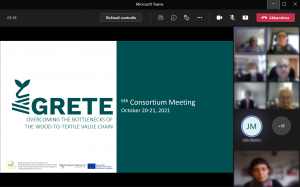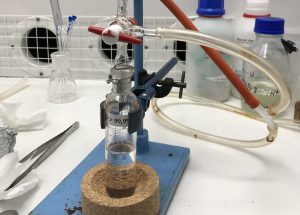Earlier this year, the GRETE consortium reached one of its major milestones: the first batch of regenerated fibres from Kraft pulps have been produced. While the applied regeneration process is nothing new in the field, the cellulose source for dissolution and regeneration is quite unusual: paper grade wood pulp. The GRETE scientists at VTT’s Tampere facilities dissolved pretreated Kraft pulps of South-european hardwood and Northern-european softwood supplied by the consortium partners CELBI and Metsa Spring to regenerate man-made cellulosic fibres via dry-jet wet-spinning.
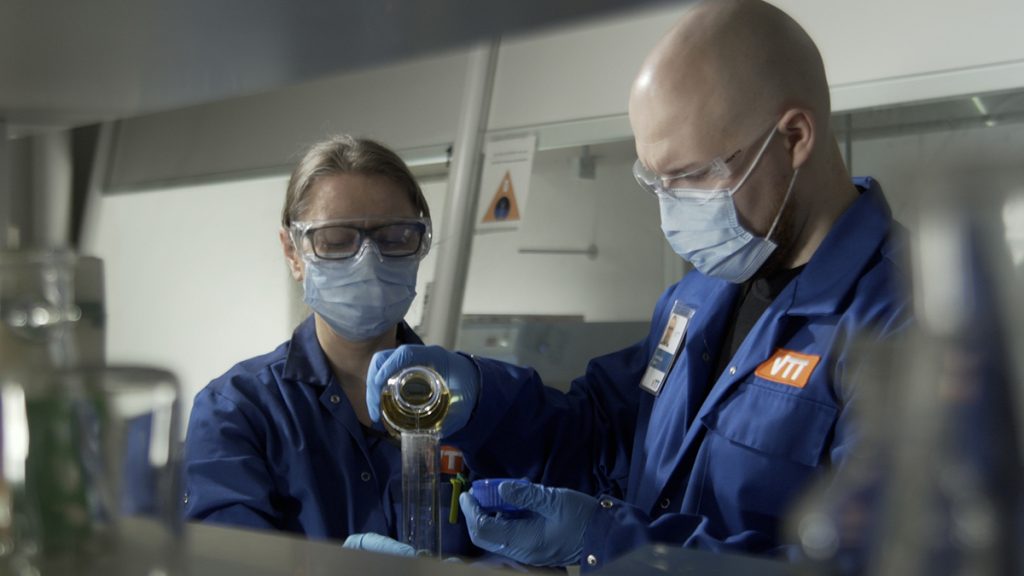
Right after this achievement in Spring 2021, the subsequent phase of testing, analysing and characterisation of the obtained fibres has started. Besides executing standard testing for understanding and controlling the strength and elongation of the regenerated cellulose fibres, main efforts of the research activity is spent in understanding the behaviour of the modified Kraft pulps in the fibre regeneration process. The mechanical results obtained by the regenerated fibres are an indication of how the pre-treatments might affect the fibre properties.
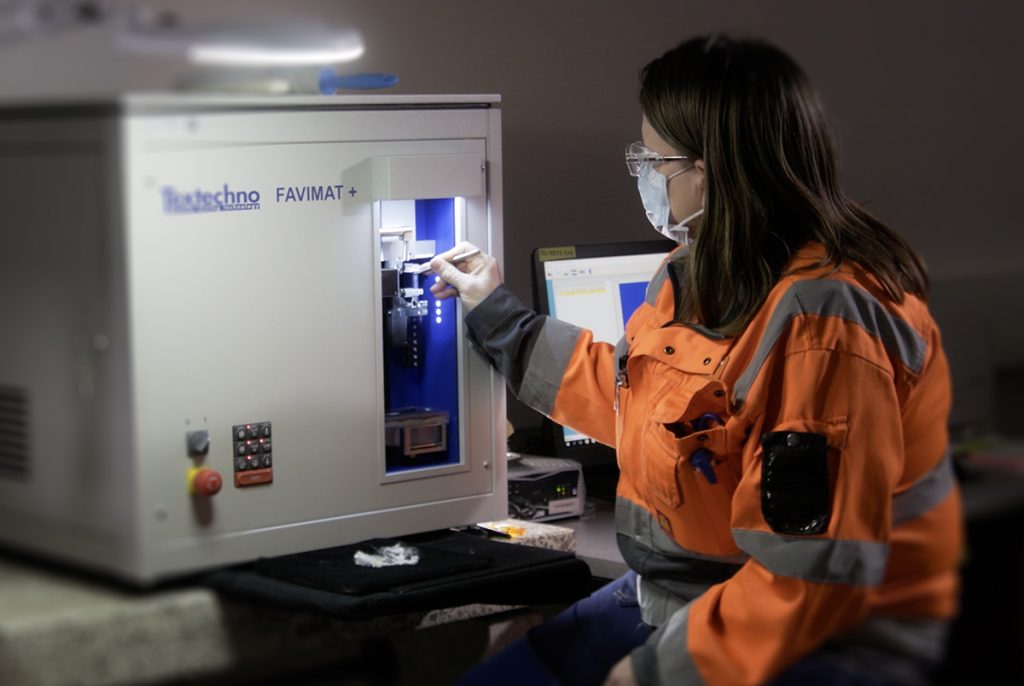
Different from the conventionally used dissolving grade pulp, consisting of over ninety percent of cellulose, Kraft pulp contains a significant amount of hemicellulose, which interferes in the standard fibre generation process. For the further developments of the GRETE approach, it’s crucial to investigate how the pulp pretreatments and chemical modifications affect the fibre properties, what role plays hemicellulose in the process, how the pulp pretreatments affect the latter and in general the behaviour of hemicellulose during dissolving in ionic liquids and subsequent spinning.
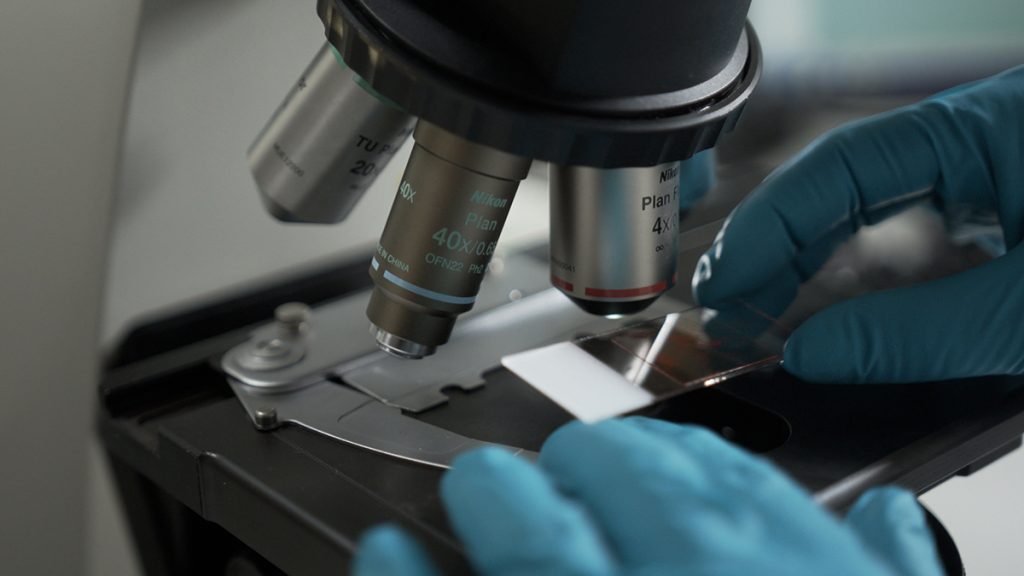
Having the GRETE fibres at hand, the experts at University of Aveiro are working on post-treatments for the regenerated fibres in order to achieve the high-quality and competitiveness the consortium partners are aiming at. The tailored properties of the final fibre are targeted to enable water-scarce finishing processes, accessing a road to radically decrease the environmental footprint of man-made cellulosic fibres and the related textile value chain.
Several consortium partners are given the opportunity to talk about GRETE on various occasions, to discover when and where, consult the calendar on our website and follow the project activities via the social media channels!
